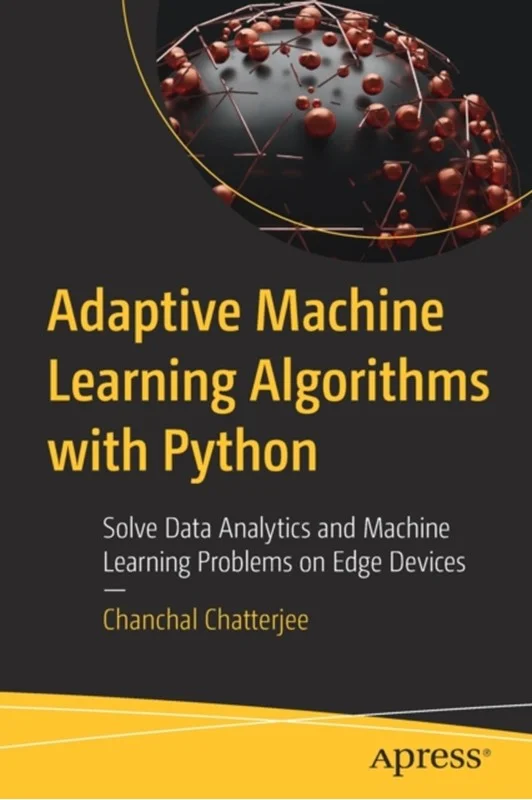The Definitive Guide to Conversational AI with Dialogflow and Google Cloud - Lee Boonstra - Bog - APress - Plusbog.dk
Build enterprise chatbots for web, social media, voice assistants, IoT, and telephony contact centers with Google''s Dialogflow conversational AI technology. This book will explain how to get started with conversational AI using Google and how enterprise users can use Dialogflow as part of Google Cloud. It will cover the core concepts such as Dialogflow essentials, deploying chatbots on web and social media channels, and building voice agents including advanced tips and tricks such as intents, entities, and working with context. The Definitive Guide to Conversational AI with Dialogflow and Google Cloud also explains how to build multilingual chatbots, orchestrate sub chatbots into a bigger conversational platform, use virtual agent analytics with popular tools, such as BigQuery or Chatbase, and build voice bots. It concludes with coverage of more advanced use cases, such as building fulfillment functionality, building your own integrations, securing your chatbots, and building your own voice platform with the Dialogflow SDK and other Google Cloud machine learning APIs. After reading this book, you will understand how to build cross-channel enterprise bots with popular Google tools such as Dialogflow, Google Cloud AI, Cloud Run, Cloud Functions, and Chatbase. What You Will Learn - Discover Dialogflow, Dialogflow Essentials, Dialogflow CX, and how machine learning is used - Create Dialogflow projects for individuals and enterprise usage - Work with Dialogflow essential concepts such as intents, entities, custom entities, system entities, composites, and how to track context - Build bots quickly using prebuilt agents, small talk modules, and FAQ knowledge bases - Use Dialogflow for an out-of-the-box agent review - Deploy text conversational UIs for web and social media channels - Build voice agents for voice assistants, phone gateways, and contact centers - Create multilingual chatbots - Orchestrate many sub-chatbots to build a bigger conversational platform - Use chatbot analytics and test the quality of your Dialogflow agent - See the new Dialogflow CX concepts, how Dialogflow CX fits in, and what''s different in Dialogflow CX Who This Book Is For Everyone interested in building chatbots for web, social media, voice assistants, or contact centers using Google''s conversational AI/cloud technology.

















































